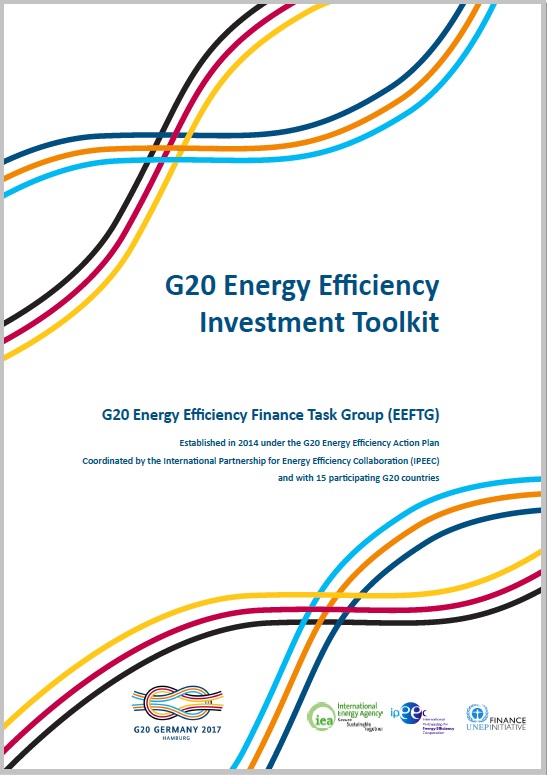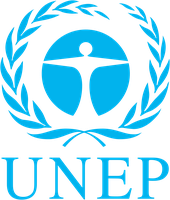G20 Energy Efficiency Investment Toolkit (2017)
Executive Summary
The G20 represents 84% of the world’s total economic output, more than 80% of primary energy consumption and 80% of greenhouse gas (GHG) emissions. G20 countries recognise that both energy efficiency and increased energy productivity are critical to boost sustainable economic growth in an increasingly resource constrained planet. Energy efficiency investments deliver multiple private and public benefits and can be scaled-up significantly to decarbonise economies and deliver these multiple national economic benefits and the goals of the Paris Agreement in the most cost-effective way.
This G20 Energy Efficiency Investment Toolkit (the “Toolkit”) represents the culmination of three years of collaborative work, by participating countries, international organisations (IOs), financial institutions and country experts, to enhance capital flows for energy efficiency investments as compiled and supported by the G20 Energy Efficiency Finance Task Group (“EEFTG”). Launched by the G20 Energy Efficiency Action Plan in 2014, the EEFTG delivered the core policy component of this Toolkit (the Voluntary Energy Efficiency Investment Principles) as welcomed by G20 Energy Ministers in 2015. Since then EEFTG and its collaborators have rallied 122 banks, more than USD 4 trillion of institutional investors, leading public financial institutions and insurance companies in support of G20 countries’ ambitions to redouble their efforts and scale-up energy efficiency investments as articulated in the G20’s Energy Efficiency Leading Programme endorsed by G20 Leaders in 2016 and creating the platform for this Toolkit.
Greater collaboration is essential to addressing the G20 energy efficiency investment challenge, which transcends individual domains and sectors - be they policy, regulatory, public or private. It requires unprecedented levels of coordination and collaboration to identify and unlock the benefits resulting from a significant scale up of energy efficiency investment. Financing flows are global, and the multiple benefits through increasing and prioritising energy efficiency investment will accrue nationally and locally, making countries stronger, more resilient and more energy-secure. Financial and technology innovation and up-take will also accelerate through the greater awareness and promotion of “best in class” instruments and approaches. This is because leadership and successful business models that flourish in one jurisdiction can, through the global nature of finance, be shared and copied in other countries, despite the specificity of national contexts.
Throughout its chapters, this Toolkit offers a new perspective on the challenge of scaling-up energy efficiency investments by defining and separating “core” energy efficiency investments (those stand-alone projects where the delivery of energy savings is the lead driver) and “integral” energy efficiency investments (where overall asset performance is the lead driver, yet multiple benefits -including improved energy performance- are delivered by an incremental “embedded” investment). The Toolkit also provides insights into national policy developments, showcasing good practices, as well as an insight into policy tracking databases, using the Voluntary Energy Efficiency Investment Principles as a frame for their comparison. Finally, the Toolkit reveals how public and private sector financial institutions are tackling the energy efficiency investment challenge, through their commitments, approaches, tools and by sharing the areas that they identify for further joint development.
As no single stakeholder group can deliver the challenge of scaling-up G20 energy efficiency investment challenge alone, this Toolkit provides a collaborative architecture through which G20 policy makers can engage in a structured dialogue with investment providers and jointly develop and deliver the targeted economic, social and environmental benefits that G20 Leaders seek together, in their national interests and for the benefits of the global community. The value to G20 policymakers of this Toolkit, and its collaborative architecture, is greater than the sum of its parts - precisely because of the network effect created by convening and connecting the multiple stakeholders responsible for its components, and uniting them in the pursuit of a shared objective with benefits for all.
To download the full report, please click here.

